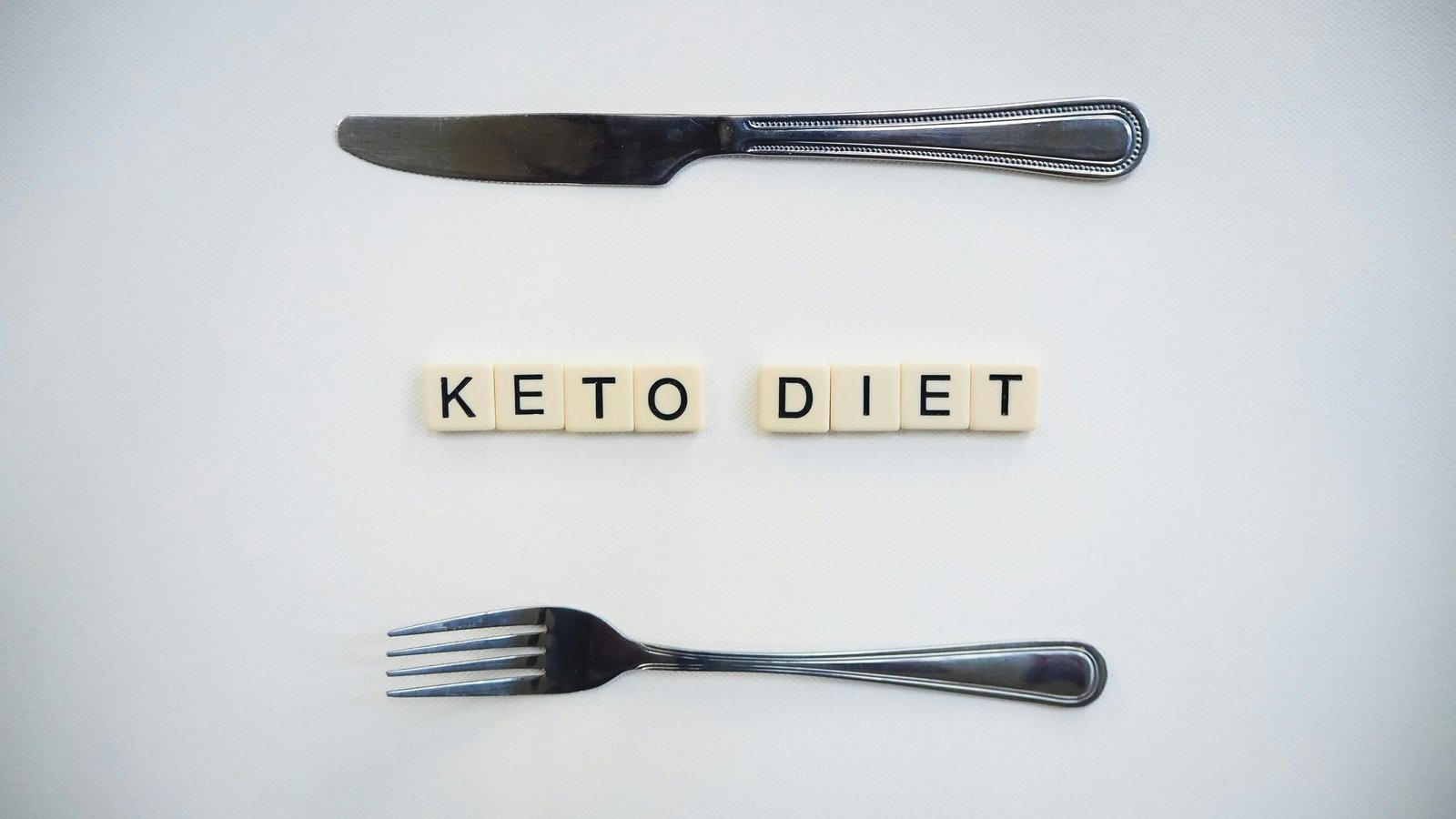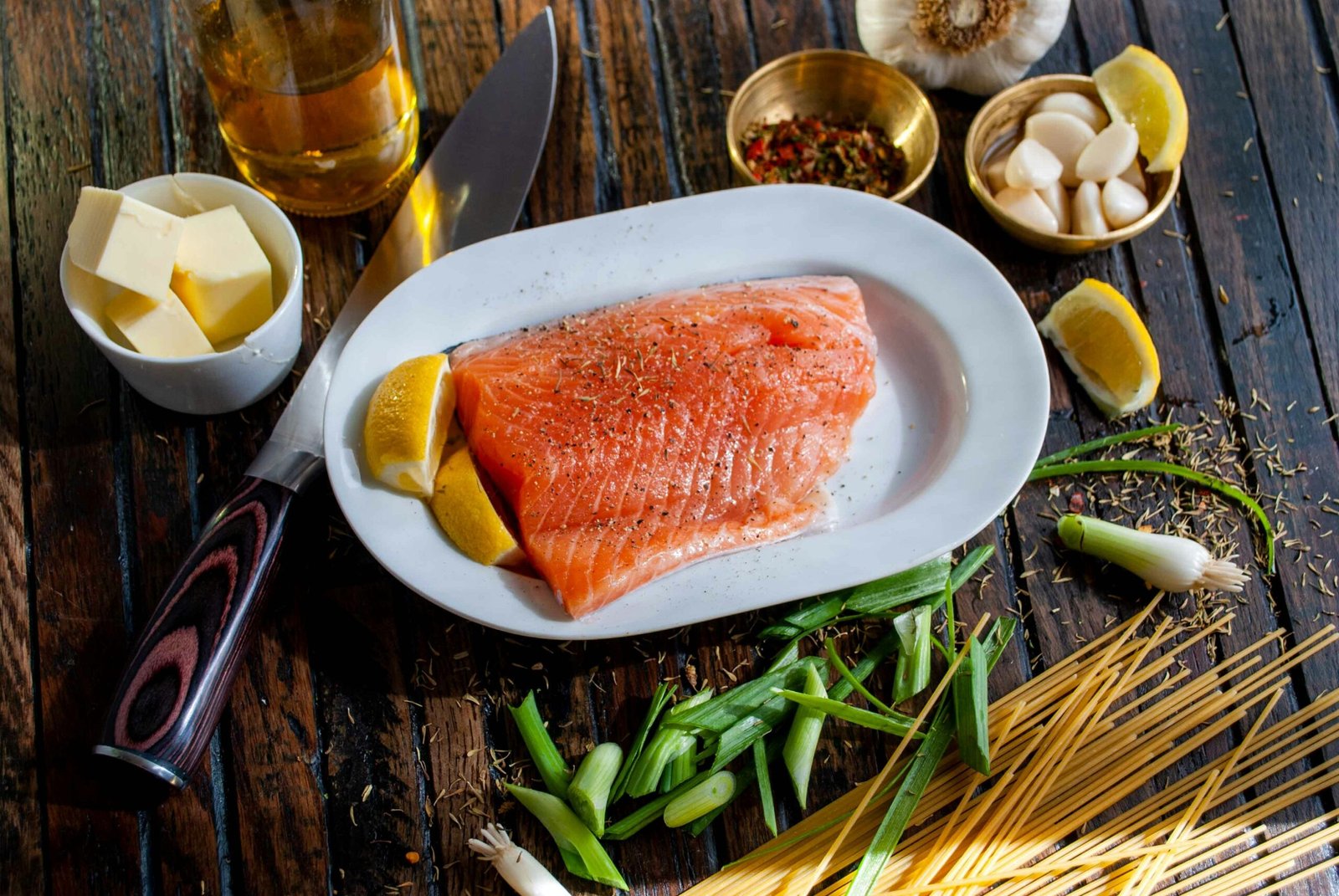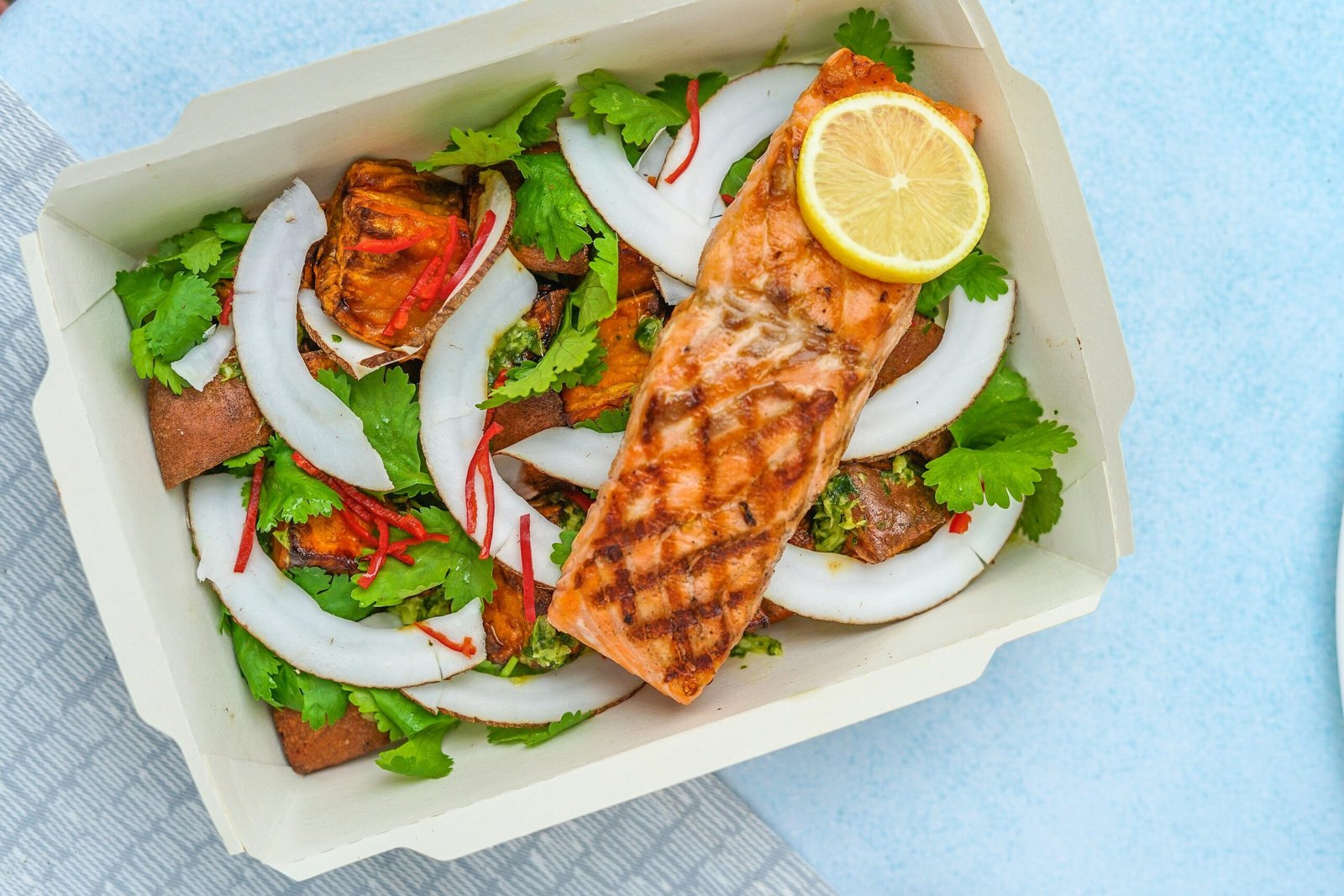Welcome to “The Ultimate Guide to Reading Food Labels on Keto”! In this article, you will learn how to navigate food labels and make informed choices while following a ketogenic diet. By understanding the key components of nutrition labels, you can ensure you are meeting your macro goals and staying in ketosis. Keep reading to unlock the secrets to decoding food labels and make your keto journey a breeze.
The Ultimate Guide to Reading Food Labels on Keto
Are you following a keto diet and feeling overwhelmed by the endless stream of conflicting information about what foods are keto-friendly? Don’t worry, you’re not alone. Understanding how to properly read food labels is essential for success on the keto diet. In this ultimate guide, we’ll break down everything you need to know about reading food labels on keto so you can make informed decisions about the foods you eat. Let’s dive in!

Why It’s Important to Read Food Labels on Keto
Hey there, keto warrior! You’ve made the commitment to follow a ketogenic diet, but do you know why it’s crucial to pay close attention to food labels? Reading food labels on keto is essential because many products contain hidden sugars and unhealthy fats that can derail your progress. By understanding how to properly read food labels, you can ensure you’re making the best choices for your health and weight loss goals.
Understanding Carbohydrates on Food Labels
Carbohydrates are the main macronutrient you need to track on the keto diet, as they directly impact your body’s ability to stay in ketosis. When reading food labels on keto, it’s important to understand the different types of carbohydrates listed:
-
Total Carbohydrates: This includes all forms of carbohydrates, including sugars, fiber, and sugar alcohols. On the keto diet, you’ll want to focus on net carbs, which are calculated by subtracting fiber and sugar alcohols from total carbs.
-
Fiber: Fiber is a type of carbohydrate that your body can’t digest. It’s subtracted from the total carbs to calculate net carbs because it doesn’t impact blood sugar levels.
-
Sugar Alcohols: These are carbohydrates that taste sweet but aren’t fully absorbed by the body. While they do have fewer calories than sugar, they can still impact blood sugar levels to some extent.
When reading food labels on keto, aim to choose foods that are low in total carbs and high in fiber to keep your net carb count within your daily target.

Decoding Sugar on Food Labels
Ah, sugar – the sweet culprit that can sneak its way into so many processed foods. When it comes to reading food labels on keto, it’s essential to identify sources of added sugars that can kick you out of ketosis. Here’s what to look for:
-
Added Sugars: Ingredients like high-fructose corn syrup, cane sugar, and dextrose indicate added sugars in a product. Avoid foods with high amounts of added sugars to keep your blood sugar levels stable.
-
Sugar Substitutes: While some sugar substitutes like stevia and erythritol are keto-friendly, others like maltitol and sorbitol can cause gastrointestinal issues and spike blood sugar levels. Opt for natural sugar substitutes to stay in ketosis.
-
Hidden Sugars: Keep an eye out for hidden sugars in foods that may not be obvious, like condiments, sauces, and dressings. These sneaky sugars can add up quickly and derail your progress on the keto diet.
By reading food labels carefully and avoiding products high in added sugars, you can stay on track with your keto goals and enjoy the benefits of stable blood sugar levels and increased fat burning.
Checking Fat Content on Food Labels
Fat is your friend on the keto diet, but not all fats are created equal. When reading food labels on keto, pay attention to the types of fats listed to ensure you’re making smart choices for your health. Here’s what to keep in mind:
-
Saturated Fats: While once demonized for their impact on heart health, saturated fats have been shown to have many benefits, especially on the keto diet. Look for products with healthy sources of saturated fats like coconut oil, butter, and animal fats.
-
Trans Fats: Avoid products that contain trans fats, as they have been linked to heart disease and other health issues. Check the ingredient list for hydrogenated or partially hydrogenated oils, which are sources of trans fats.
-
Monounsaturated and Polyunsaturated Fats: These healthy fats are found in foods like avocados, nuts, seeds, and fatty fish. Including sources of monounsaturated and polyunsaturated fats in your diet can have a positive impact on heart health and overall well-being.
By choosing foods with healthy sources of fats and avoiding trans fats, you can support your body’s energy needs and stay satisfied on the keto diet.

Protein Content and Macros on Food Labels
Protein is another essential macronutrient to track on the keto diet, as it plays a vital role in muscle maintenance, metabolism, and overall health. When reading food labels on keto, keep the following tips in mind:
-
Protein Quality: Opt for high-quality sources of protein like grass-fed beef, wild-caught fish, pasture-raised poultry, and organic tofu. These sources provide essential amino acids and nutrients that support optimal health.
-
Protein Macros: While protein is important for muscle growth and repair, it’s essential to balance your protein intake with your fat and carb consumption to stay in ketosis. Aim for a moderate protein intake based on your individual needs and activity level.
-
Additional Nutrients: Some protein-rich foods also contain essential vitamins and minerals that are beneficial for overall health. Be sure to choose foods that offer a range of nutrients to support your well-being on the keto diet.
By focusing on high-quality sources of protein, balancing your macros, and getting essential nutrients from your food choices, you can optimize your health and performance on the keto diet.
Key Ingredients to Avoid on Food Labels
Navigating the grocery store aisles can be tricky when you’re on a keto diet, especially if you’re not sure what ingredients to avoid. Here are some key ingredients to watch out for when reading food labels on keto:
-
Added Sugars: As mentioned earlier, added sugars can sabotage your progress on the keto diet by spiking blood sugar levels and causing cravings. Avoid products with high amounts of added sugars to stay in ketosis.
-
Refined Grains: Foods made with refined grains like white flour and rice are high in carbs and low in fiber, making them unsuitable for the keto diet. Look for products made with whole grains or low-carb alternatives instead.
-
Artificial Sweeteners: While some artificial sweeteners are keto-friendly, others like aspartame and sucralose can impact your gut health and cause cravings. Choose natural sugar substitutes like stevia and erythritol to stay in ketosis.
-
Hydrogenated Oils: These oils are sources of trans fats, which have been linked to heart disease and other health issues. Avoid products with hydrogenated or partially hydrogenated oils to protect your heart health.
By familiarizing yourself with these key ingredients and learning how to spot them on food labels, you can make informed decisions about the foods you eat and support your health and well-being on the keto diet.

Tips for Making Informed Food Choices on Keto
Phew! We’ve covered a lot of ground when it comes to reading food labels on keto. To wrap things up, here are some additional tips to help you make informed food choices and stay on track with your keto goals:
-
Plan Ahead: Before heading to the grocery store, make a list of keto-friendly foods and ingredients so you can shop with confidence and avoid temptation.
-
Check the Ingredient List: In addition to reading the nutrition facts panel, be sure to scan the ingredient list for any sneaky additives or hidden sugars that may not be immediately obvious.
-
Focus on Whole Foods: Whenever possible, choose whole, minimally processed foods like vegetables, fruits, meats, and dairy products to ensure you’re getting the nutrients your body needs to thrive.
-
Track Your Macros: Use a food tracking app or journal to monitor your daily intake of carbs, fats, and protein and adjust your meals accordingly to stay within your keto targets.
-
Listen to Your Body: Pay attention to how different foods make you feel and adjust your eating habits accordingly. If you notice any negative symptoms or changes in your energy levels, consider removing certain foods from your diet.
By following these tips and taking a proactive approach to reading food labels on keto, you can set yourself up for success and maintain a healthy, sustainable relationship with food on your keto journey.
Final Thoughts
Congratulations, keto warrior! You’ve made it to the end of our ultimate guide to reading food labels on keto. Armed with this knowledge, you now have the tools and information you need to make informed decisions about the foods you eat and support your health and wellness goals on the keto diet. Remember, knowledge is power, and by taking control of your food choices, you can transform your body and your life. Keep up the great work, and may your journey to ketosis be as delicious as it is rewarding. Happy reading, and happy keto-ing!






